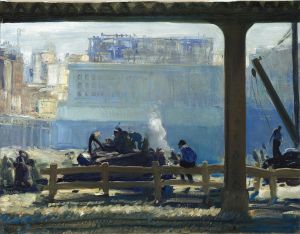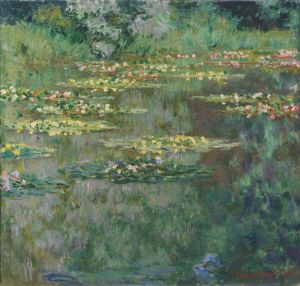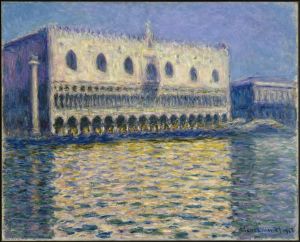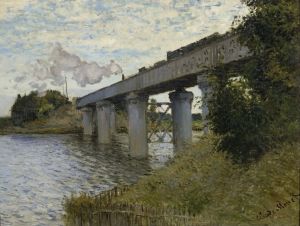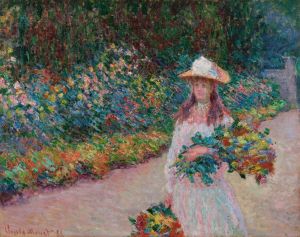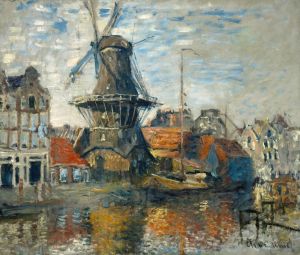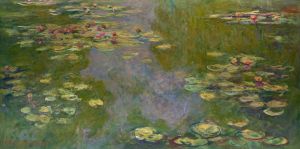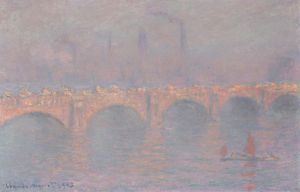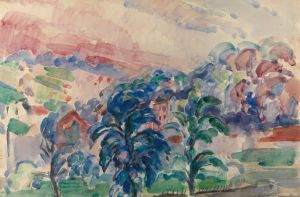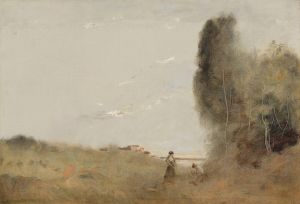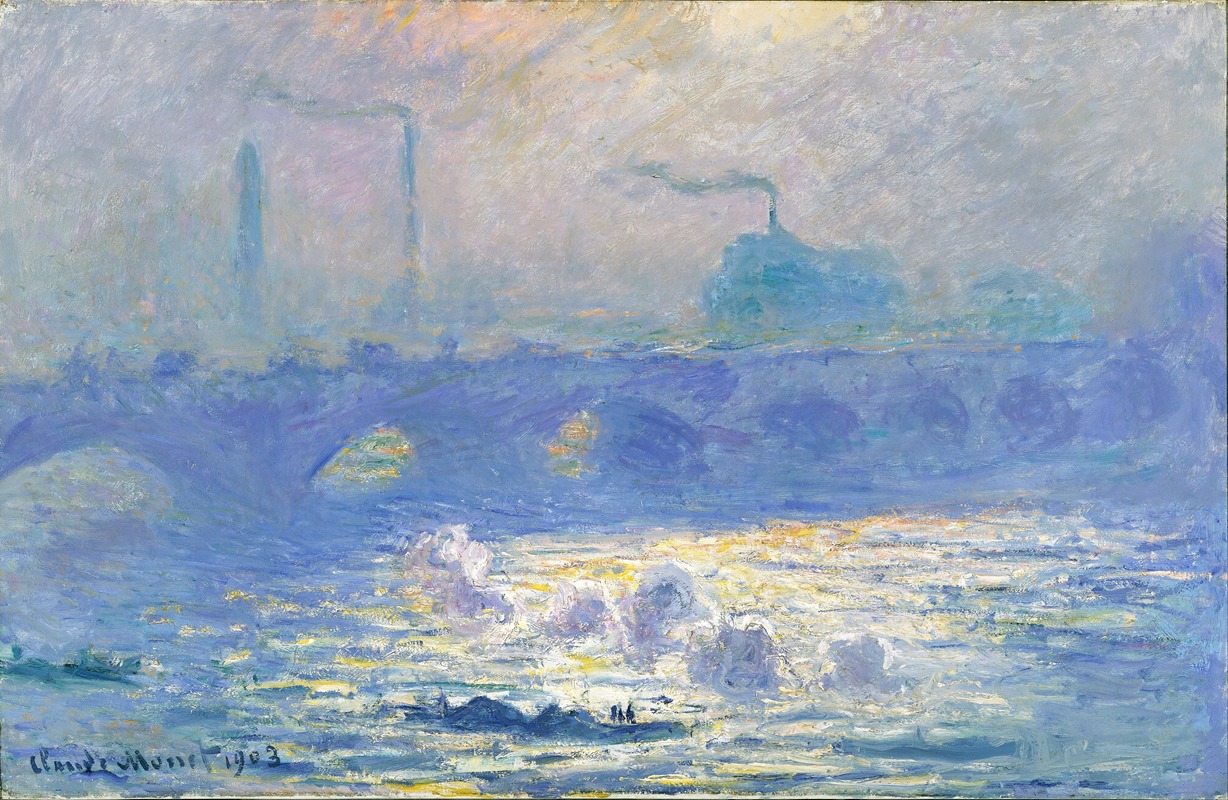
Waterloo Bridge
A hand-painted replica of Claude Monet’s masterpiece Waterloo Bridge, meticulously crafted by professional artists to capture the true essence of the original. Each piece is created with museum-quality canvas and rare mineral pigments, carefully painted by experienced artists with delicate brushstrokes and rich, layered colors to perfectly recreate the texture of the original artwork. Unlike machine-printed reproductions, this hand-painted version brings the painting to life, infused with the artist’s emotions and skill in every stroke. Whether for personal collection or home decoration, it instantly elevates the artistic atmosphere of any space.
Waterloo Bridge is a series of oil paintings created by the French Impressionist artist Claude Monet. These paintings are part of Monet's larger series of works focusing on the urban landscape of London, specifically the effects of light and atmosphere on the River Thames. Monet painted the Waterloo Bridge series during his visits to London between 1899 and 1901, a period when he was captivated by the city's foggy and misty environment.
Monet's fascination with London began in the late 19th century, and he made several trips to the city, staying at the Savoy Hotel, which offered him a panoramic view of the Thames. From his hotel room, Monet could observe the changing light and weather conditions over the river, which became a central theme in his work. The Waterloo Bridge series is notable for its exploration of the interplay between natural light and the industrial landscape of London.
The series consists of multiple canvases, each capturing the bridge at different times of day and under various weather conditions. Monet was particularly interested in how the fog and mist could transform the scene, diffusing light and creating a soft, atmospheric effect. This focus on atmospheric conditions is a hallmark of Monet's Impressionist style, which seeks to capture the fleeting effects of light and color.
Monet's technique in the Waterloo Bridge paintings involves loose brushwork and a subtle use of color to convey the mood and atmosphere of the scene. He often used a limited palette, relying on shades of blue, gray, and violet to depict the foggy environment. The bridge itself is rendered with minimal detail, emphasizing its role as a structural element within the broader landscape rather than as a focal point.
The Waterloo Bridge series is part of Monet's broader exploration of urban and natural landscapes, which includes other notable series such as the Houses of Parliament and Charing Cross Bridge. These works collectively demonstrate Monet's interest in the effects of light and weather on the environment, as well as his ability to capture the essence of a scene through color and brushwork.
Monet's London series, including the Waterloo Bridge paintings, was well-received by critics and collectors alike. The paintings were exhibited in Paris in 1904, where they garnered significant attention for their innovative approach to capturing the urban landscape. Today, the Waterloo Bridge paintings are held in various museums and private collections around the world, including the National Gallery of Art in Washington, D.C., and the Art Institute of Chicago.
In summary, Claude Monet's Waterloo Bridge series is a testament to his mastery of capturing the transient effects of light and atmosphere. Through his Impressionist technique, Monet transforms a simple urban scene into a study of color, light, and mood, offering viewers a glimpse into the ever-changing beauty of the London landscape.





